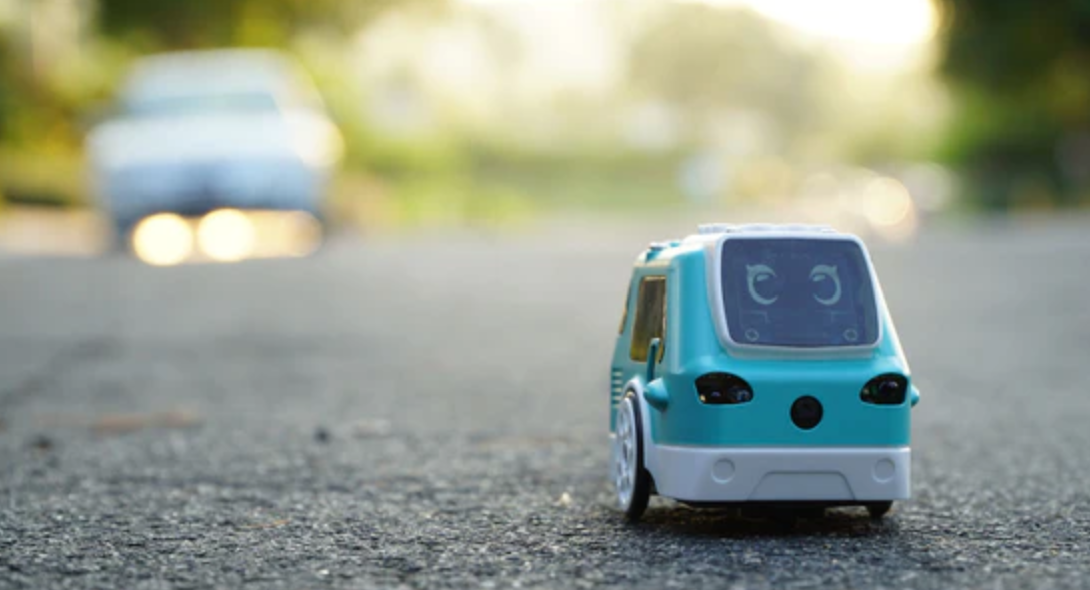
20 December 2022
Für die Deutsche Version dieses Posts hier klicken
For the last few years, I’ve been interested in various nerdy topics like 3D printing, Raspberry Pi, Arduino and electronics. But I have never taken the time to do anything with this knowledge.
But now it’s time. Inspired by Zümi, a small robot car with Raspberry Pi under the bonnet, I have started to implement my own nerd toy.
But let’s start at the beginning.
What is Zümi?

Zümi is a clever educational toy from the company Robolink. Apparently it has been renamed Zumi in the meantime, but that doesn’t stop me from still calling it Zümi, because I got mine through the Kickstarter campaign at the time as "Zümi" :-). Of course, the best overview of Zümi’s features can be found on the product website. But let me describe the features again from a nerd’s point of view.
What can Zümi do?
Zümi is autonomous. It has a battery with charging logic, two motors, a small monochrome OLED display, a camera and a Raspberry Pi.
The Raspberry Pi takes its time to boot up and cannot take care of the charging logic. Therefore, it was cleverly supplemented with an Arduino, which takes over the charging logic and controls the display. This allows it to show the status on the display when charging and brings two animated eyes on the display when switching on, indicating that the Raspberry is waking up. This cleverly bridges the time of the boot process.
The built-in display is very small and therefore not very suitable for programming. Therefore, the developers have come up with another clever detail. After booting, Zümi opens a WiFi access point. The name of the WiFi network is shown on the display and Zümi even responds to a connection by outputting the URL that is used to reach the dashboard after the connection is established.
Via the dashboard, Zümi can also be integrated into the standard WLAN network, so that a WiFi bridge to the Internet is established.
Several Jupyter Notebooks with tutorials are available via the dashboard. These tutorials show how Zümi is controlled. Highlights are a face recognition and a QR code recognition. Both are realised via openCV.
For more precise control of the motors, Zümi also has an acceleration and a gyro sensor.
All in all, a very well-rounded story, were it not for the first-generation Raspberry Pi Zero. This has only one core and feels slow as a result. The system locks up frequently and gives the feeling that it is not suitable for larger tasks.
The SD card image provided by Robolink is somewhat older and therefore does not run on a Pi Zero 2. Since it is unclear what and how everything is installed on the image, upgrading is difficult. Robolink itself seems to have no interest in an upgrade.
So I have set myself the goal of setting up my own nerd toy in a similar way.
In the next blog posts I will explain step by step how I proceed. Let me surprise you!
